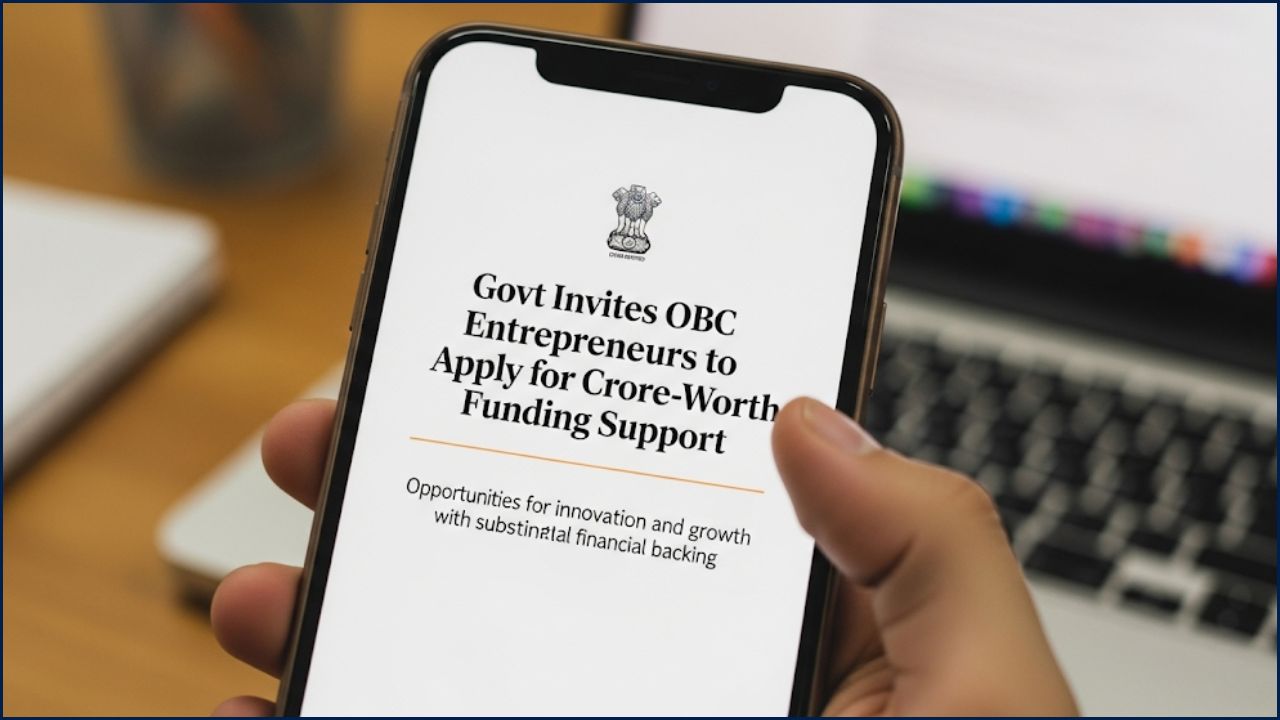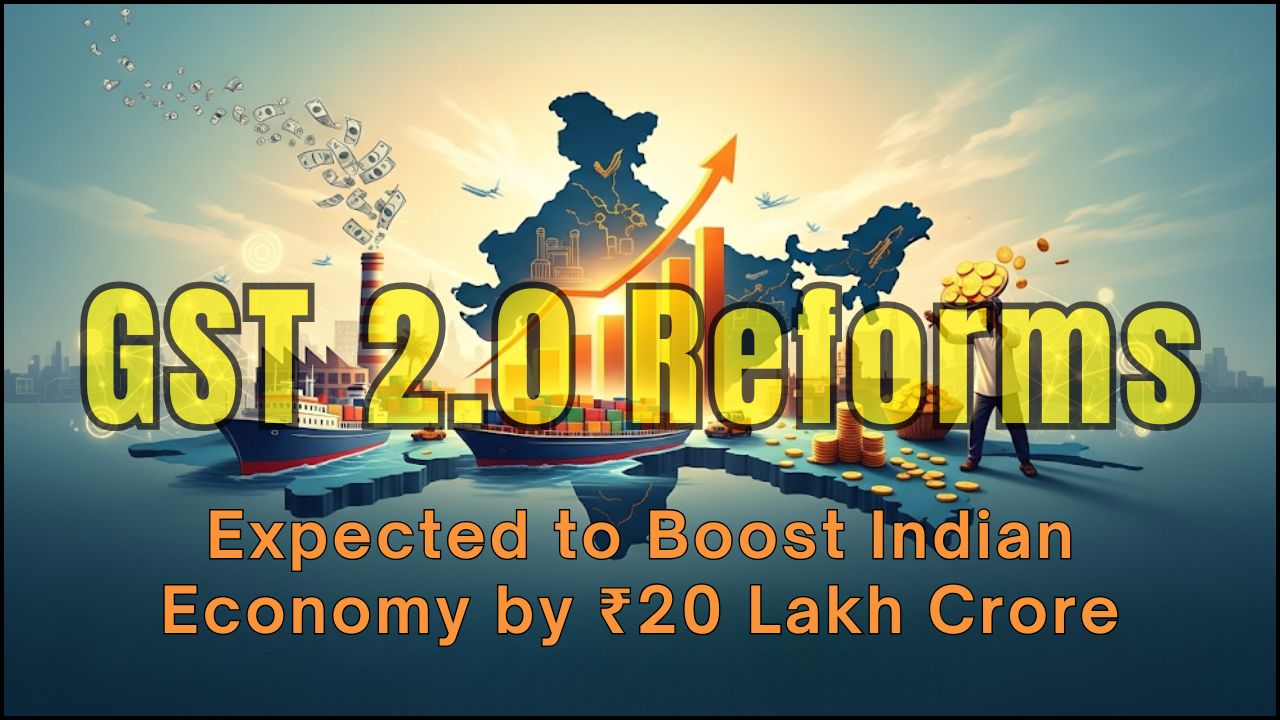
A Govt Bank loan scheme offering credit between ₹10 lakh and ₹50 lakh without major collateral has been launched, aiming to improve access to finance for entrepreneurs, small businesses, and students. The move seeks to address long-standing challenges in India’s credit landscape where many borrowers struggle to meet traditional collateral requirements.
What the Govt Bank Loan Scheme Offers
The Special Loan Scheme is positioned to serve both enterprises and individuals. According to government officials, the programme builds on existing credit guarantee frameworks, particularly the Credit Guarantee Fund Trust for Micro and Small Enterprises (CGTMSE). The scheme will allow partner banks to extend loans by shifting part of the lending risk to government-backed guarantees.
Officials said the primary beneficiaries include micro, small, and medium enterprises (MSMEs) seeking expansion, students pursuing higher education abroad, and entrepreneurs from disadvantaged communities. Loan amounts will range from ₹10 lakh to ₹50 lakh, a bracket traditionally underserved in India’s financial system.
Background: India’s Credit Gap
India has a persistent credit access gap, particularly for small firms and first-time borrowers. A 2023 Reserve Bank of India (RBI) report estimated that nearly 70% of MSMEs rely on informal channels or personal savings due to insufficient collateral.
Experts note that while existing initiatives like Pradhan Mantri Mudra Yojana (PMMY) and Stand-Up India have expanded access, their coverage is typically limited to amounts below ₹10 lakh or restricted to specific groups. The new Govt Bank Loan Scheme is designed to address the “missing middle” in credit distribution.
“The ₹10–50 lakh segment has been a blind spot for formal banking. This scheme can bridge a critical financing gap,” said Dr. Anjali Verma, senior economist at the National Institute of Public Finance and Policy.
How the Collateral-Free Structure Works
CGTMSE Guarantee Mechanism
The scheme is likely to use the CGTMSE guarantee structure, which provides partial coverage to banks for defaults on MSME loans. Under this framework, lenders can extend loans without demanding physical collateral, reducing the burden on entrepreneurs.
Comparison With Mudra Yojana
The Mudra Yojana, launched in 2015, provides loans up to ₹10 lakh. However, amounts above this threshold typically require collateral. By contrast, the Govt Bank Loan Scheme extends collateral-free lending up to ₹50 lakh, potentially covering a wider set of borrowers.
Potential Beneficiaries
MSMEs and Start-Ups
Industry associations welcomed the announcement, calling it a timely intervention. Federation of Indian Micro and Small & Medium Enterprises (FISME) said the move could boost competitiveness and job creation.
Education Loans
Officials also confirmed that part of the scheme aligns with existing education loan models such as SBI’s Global Ed-Vantage, which already allows collateral-free loans up to ₹50 lakh for students studying abroad. This expansion could harmonise offerings under a single government-backed umbrella.
Concerns and Criticisms
Despite optimism, experts cautioned against risks. Without strict monitoring, collateral-free lending could lead to higher defaults, ultimately burdening taxpayers.
“Risk-sharing must be matched with strong borrower assessment. Otherwise, this could recreate the non-performing asset problem,” warned Rakesh Bhatia, former banker and financial analyst.
There are also questions on whether the scheme will be universally accessible or restricted to targeted groups such as women, SC/ST entrepreneurs, or ex-servicemen.
Government’s Broader Strategy
The scheme forms part of India’s broader agenda to stimulate growth through credit-led expansion. Alongside initiatives like Make in India and Digital India, the government aims to strengthen formal financial inclusion, especially for small enterprises that account for nearly 30% of GDP and employ over 110 million people, according to the Ministry of MSME.
Conclusion
The Govt Bank Loan Scheme offering ₹10–50 lakh without major collateral could mark a significant shift in India’s credit ecosystem. By targeting the underserved middle bracket, it promises to empower MSMEs, students, and entrepreneurs. However, its success will depend on careful implementation, transparent monitoring, and balanced risk management.
RCom and Anil Ambani Declared as Fraud by Bank of Baroda After SBI and BoI: Check Details
















